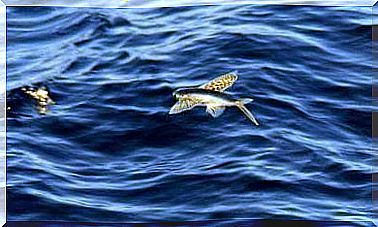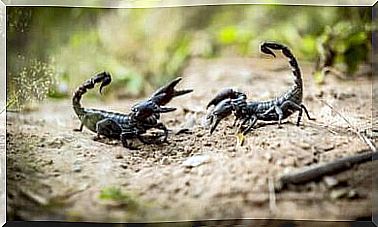The Philippine Eagle, An Almost Extinct Giant
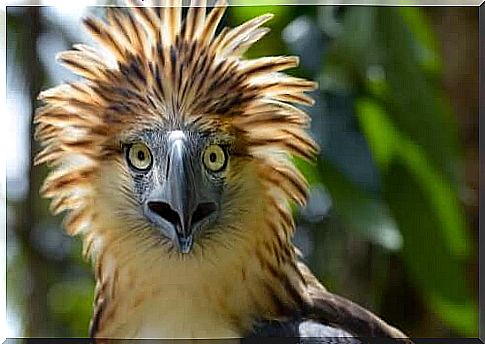
The Philippine eagle is a majestic predator native to the country from which it takes its name. Learn about the habits and characteristics of this endangered bird of prey.
Habitat and characteristics of the Philippine eagle
The Philippine eagle, whose scientific name is Pithecophaga jefferyi , has been officially declared the national bird of the Philippines. Its large size (it can reach one meter and weigh up to eight kilos), combined with the rapid decline of its population due to deforestation, make it one of the rarest eagles in the world.
This bird of prey, which in captivity can live up to thirty years and in the wild up to sixty, lives, to be exact, in the Philippine islands of Luzon, Samar, Leyte and Mindanao.
Here it builds its nest in the trees of the Dipterocarpaceae family . The largest number of Philippine eagles is recorded on the island of Mindanao, where it ranges from eighty-two to two hundred and thirty-three breeding pairs.
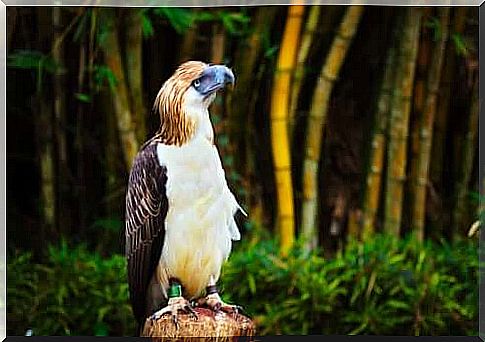
The Philippine eagle’s large size is said to allow it to feed on monkeys, although the size of its prey varies enormously. The diet of this animal consists of flying squirrels, giant cloud rats, monkeys and other birds. Generally, each specimen hunts alone, but during the mating season it is possible to spot them in pairs.
As for the reproductive habits of the Philippine eagle, the enormous structures resulting from the nests arranged on the branches of the trees of the Dipterocarpaceae family stand out . A pair of Philippine eagles will stick together for life, as this species is monogamous. The mating season runs from September to February.
Pithecophaga jefferyi , a nearly extinct species
Today, unfortunately, only 400 specimens remain in the wild. This is due to the destruction of this animal’s habitat as a result of massive deforestation, accompanied by poaching. As if that weren’t enough, her reproductive rate is slower and slower due to the accumulation of pesticides in her body.
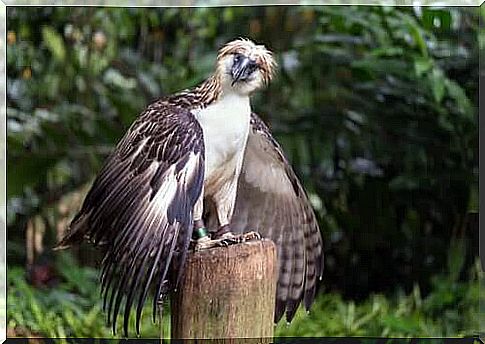
The International Union for Conservation of Nature (IUCN) in 2010 estimated that this species is critically endangered. Among the measures taken by the Philippine government to protect its national bird are:
- The Convention on International Trade in Endangered Species of Wild Fauna and Flora, which bans international trade in Philippine eagles.
- The so-called “law of wild life”, which allocates funds for the conservation and protection of natural resources and habitats.
- The inauguration of a Philippine eagle rehabilitation center in Mount Apo National Park on the island of Mindanao as a result of the Philippine Eagle Conservation Program.
In addition to the measures described, the hunting of this species is punishable with penalties ranging up to twelve years of imprisonment.
